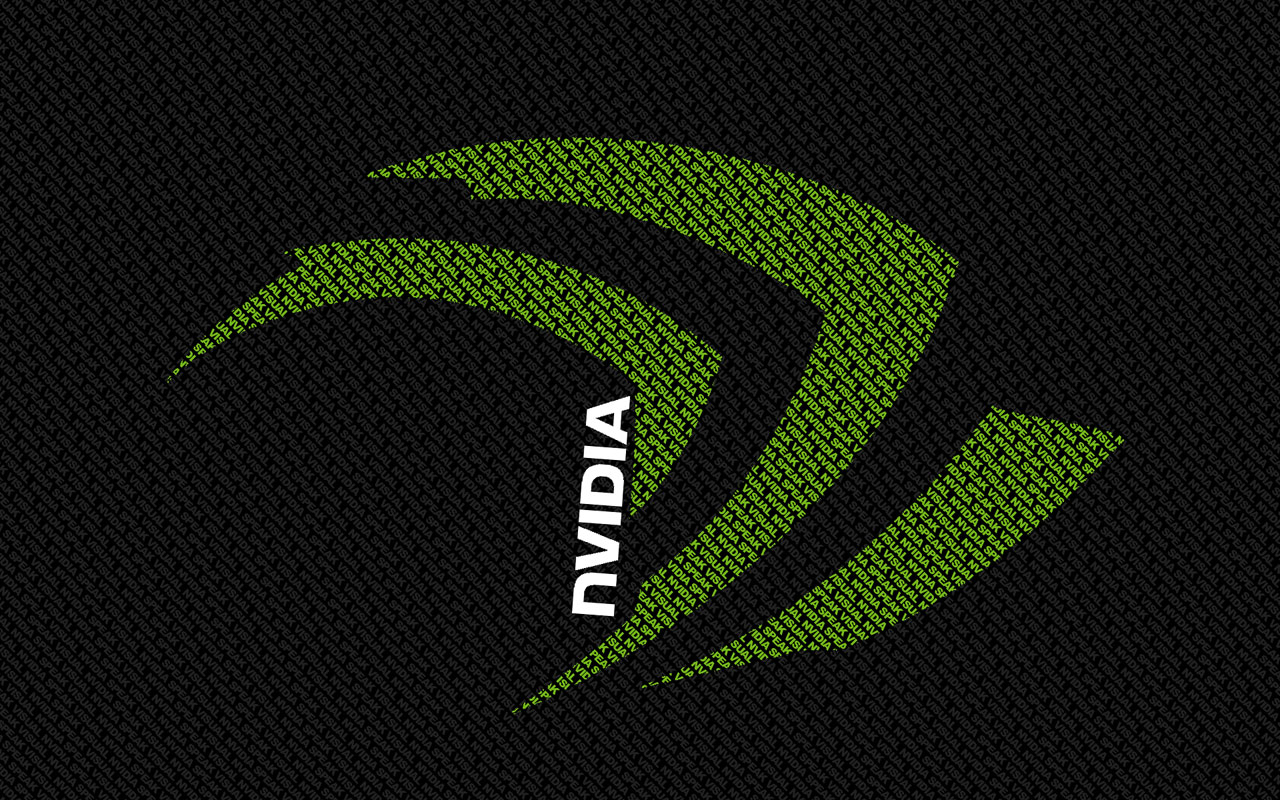Nvidia delivers its self-driving car safety report to the feds
/cdn.vox-cdn.com/uploads/chorus_image/image/61870217/acastro_180529_1777_nvidia_0002.0.0.jpg)
Nvidia, one of the world’s best known manufacturers of computer graphics cards, released its autonomous driving safety report on Tuesday. The Santa Clara-based company, which for several years has been engaged in a high-stakes venture to build the “brains” that power self-driving cars for major automakers like Volvo, Volkswagen, and Mercedes-Benz parent Daimler, is only the fifth company to delivery its voluntary safety report to the US National Highway Traffic Safety Administration.
The report’s release was timed to coincide with Nvidia’s GPU Technology Conference in Washington, DC, this week. “We are dedicated to working with regulators to deploy self-driving technologies for safer, more efficient roads, and hope this collaboration will bring us closer to a new era of transportation,” a spokesperson said.
“A NEW ERA OF TRANSPORTATION”
Some have said that Nvidia lost its early pole position in self-driving when Tesla dropped the chipmaker in favor of its own AI chip, and BMW chose Intel to be its AV tech supplier. But Nvidia has been a crucial, if less heralded, player in the self-driving space. While big names like Ford, Waymo, and GM’s Cruise tend to dominate the headlines, Nvidia has been making some splashy announcements of its own.
In October 2017, the company announced the release of Pegasus, a drive system powerful enough to support full Level 5 automated vehicles that can be operated anywhere and anytime. Earlier this month, Volvo announced that it will use Nvidia’s Xavier computer for its next generation of autonomous vehicles.
The 20-page safety report highlights the “four pillars” of Nvidia’s approach to autonomous driving technology: AI chips like Pegasus and Xavier that power the vehicles’ operations; data centers to process the massive amounts of data produced by fleets of self-driving cars; the company’s Drive Constellation simulation software to enable virtual world testing; and adherence to federal and international safety standards.
One interesting section outlines Nvidia’s approach to human-machine interface and driver monitor, referred to as “Drive IX,” as an added layer of safety on top of the vehicle’s self-driving system.
Nvidia’s Drive IX system can track a driver’s head and eyes to assess when they’re paying attention to the road, and can monitor blink frequency to assess drowsiness. Depending on a manufacturer’s preferences, Nvidia says the system can alert the driver using audio, visual, or haptic warnings to return their focus to the road. Drive IX can also monitor the environment outside the vehicle. If a driver is about to exit the vehicle without looking as a bicyclist approaches alongside, Nvidia says Drive IX provides an alert or physically prevents the door from opening until the bicyclist has safely passed.
There is a disappointing dearth of details on Nvidia’s public road testing in the report. The company outlines the steps it takes before deploying a self-driving vehicle for testing, including safety crew training, and the use of a remote operations center to monitor the fleet’s progress. But it lacks any up-to-date statistics about miles traveled or the cities where it’s tested. (According to Nvidia’s last public disclosure with the California DMV, the company tested two vehicles, logged 505 miles of autonomous driving, and had 105 disengagements (when the vehicle’s system forces the human driver to take control).
Of course, Nvidia doesn’t aspire to operate fleets of robot taxis like some of the other players in the self-driving space. Rather it aims to build the best brains for these cars that it can, then turn around and sell to automakers and tech startups that hope to commercialize autonomous vehicles. Nvidia wants to be the go-to supercomputer for those who may balk at the enormous expense associated with becoming a “full stack” AV operator.
“Our ability to combine the power of visual and high-performance computing with artificial intelligence makes us an invaluable partner to vehicle manufacturers and transportation companies around the world,” the company summarizes.
Nvidia is only the fifth company to release its safety report under the voluntary guidelines created by the US Department of Transportation. Others include Waymo, the self-driving unit of Google parent Alphabet; General Motors; Ford Motor Company; and self-driving delivery startup Nuro. The vast majority of companies developing self-driving technology have yet to release their reports.

For the latest auto news and reviews, follow AutoNebula on Twitter and Facebook
Autonebula is a connected transportation vehicle accelerator and investment fund that nurtures startups in this realm by mentoring them across business, technology & marketing – Check out Softlanding with Autonebula
